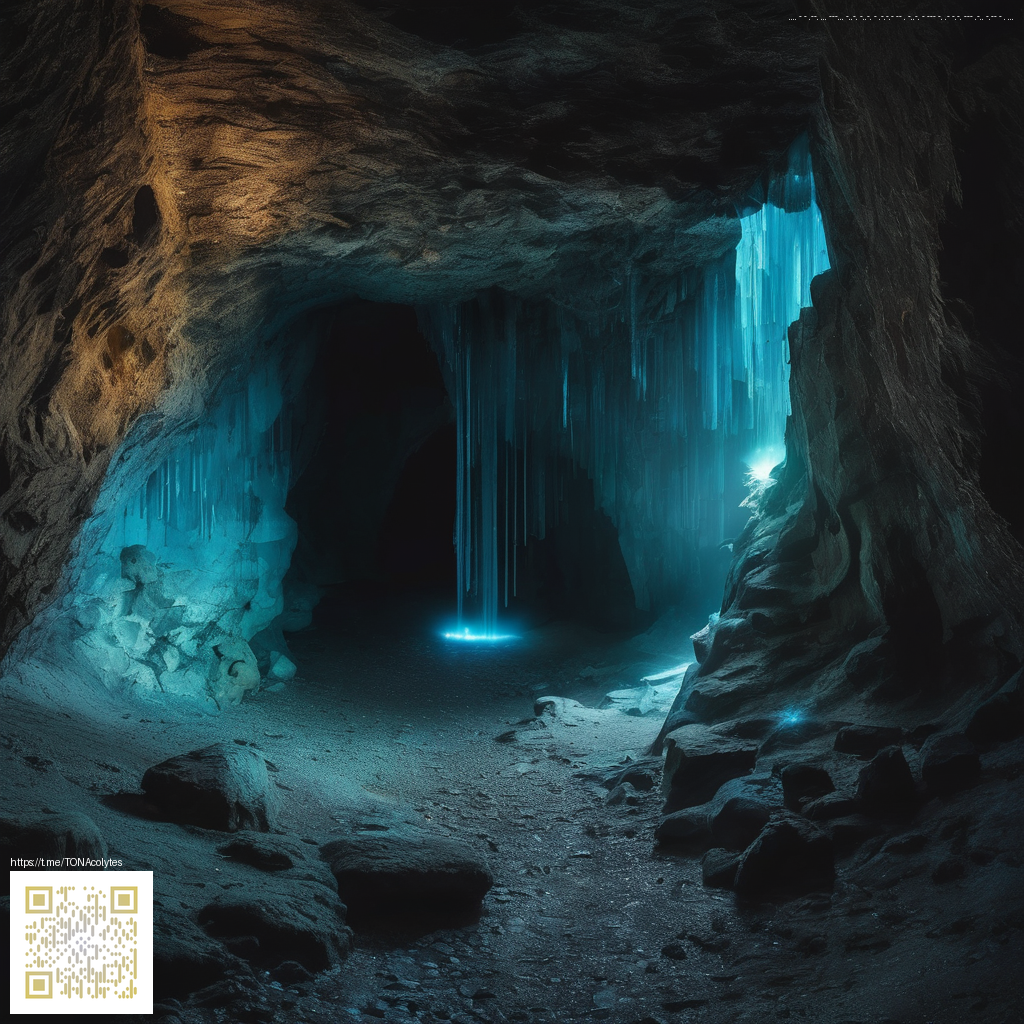
Immersive Classrooms: The Rise of Virtual Reality in Education
Virtual reality isn’t just a flashy gadget for gaming enthusiasts; it’s quietly reshaping the way students learn, explore, and problem-solve. In classrooms around the world, VR is turning abstract concepts into tangible experiences, zipping learners from far-flung ecosystems to the inside of the human cell, all without leaving the room. The result is a more engaged, curious, and confident student body—one that moves beyond memorization toward meaningful understanding.
What VR brings to the classroom
At its core, VR creates a sense of presence. Students don a headset and are transported into interactive environments where they can manipulate objects, run experiments, and observe phenomena from multiple angles. This immersion supports:
- Active learning: Learners construct knowledge by doing, not just listening.
- Spatial understanding: Complex structures—solar systems, ecosystems, anatomical systems—become easier to grasp when seen from the inside out.
- Safe experimentation: High-risk scenarios (volcano eruptions, chemical reactions, flight simulations) can be explored without real-world consequences.
- Empathy and perspective: VR can put students in someone else’s shoes, fostering cultural awareness and ethical reasoning.
Practical uses across subjects
Across disciplines, VR opens doors that traditional methods struggle to provide. For science, virtual labs let students conduct experiments, visualize microscopic processes, and explore distant biomes. In history and geography, immersive field trips hurtle learners to ancient ruins or continental landscapes, prompting questions that lead to deeper inquiry. In math and engineering, students can experiment with three-dimensional models and simulations to validate theories through direct observation. Even language learning benefits from VR through simulated conversations in authentic contexts, improving pronunciation and cultural nuance.
Beyond content delivery, VR supports inquiry-driven pedagogy. Students pose a question, design a short VR investigation, collect observations within the virtual environment, and reflect on what their findings imply for real-world science or society. This cycle mirrors authentic research processes and helps learners develop transferable skills such as critical thinking, collaboration, and metacognition.
Designing VR experiences for learning
Effective VR teaching isn’t about more gadgets; it’s about purposeful design. Consider these guiding principles:
- Align with learning goals: Start with outcomes, then choose or craft VR activities that directly support them.
- Keep sessions focused: Short, well-scoped experiences (10–20 minutes) reduce fatigue and maintain attention.
- Prepare and debrief: Pre-brief to set expectations and post-brief to connect experiences to concepts and assessments.
- Prioritize accessibility: Provide alternatives for students with motion sensitivity, ensure adjustable text and audio, and offer captions or transcripts.
- Ensure technical and data safety: Regular maintenance, device hygiene, and clear privacy guidelines build a trustworthy environment.
“The most impactful VR lessons are those that launch curiosity, give students space to explore, and then tie those explorations back to real-world questions.”
Challenges and considerations
Adopting VR at scale comes with hurdles worth addressing early:
- Cost and access: Hardware, software licenses, and maintenance add up. Schools often start with a small fleet and expand through grants or partnerships.
- Teacher training: Effective VR pedagogy requires professional development and time for teachers to design meaningful experiences.
- Content quality: Curated, age-appropriate, standards-aligned experiences are essential to avoid wasted time and disengagement.
- Health and comfort: Some students may experience motion sickness or eye strain. Flexible pacing and opt-out options are important.
- Equity concerns: Ensure all learners have equal opportunities to participate, regardless of device or home access.
Case study snapshots
Consider a science class that uses a VR module to explore human anatomy. Students can peel away layers—skin, muscles, organs—while tracing blood flow in real time. In history, learners might walk a virtual museum corridor, examining artifacts up close and engaging in guided inquiry prompts. In a geography unit, a VR excursion to fragile coral reefs or soaring mountain ranges can deepen understanding of environmental change and conservation challenges. These experiences don’t replace foundational instruction; they amplify it by turning abstract ideas into vivid, memorable explorations.
What the future holds
Advances in VR hardware and software are converging with AI, data analytics, and adaptive learning to create personalized, scalable experiences. Expect more realistic simulations, adaptive difficulty tailored to individual learners, and collaborative VR spaces where students work side by side on complex problems, regardless of physical distance. As haptic feedback improves, the sense of presence will deepen, making simulated experiments feel even more authentic. The classroom of the future will blend VR with other modalities—augmented reality overlays, conventional labs, and project-based work—creating a multimodal ecosystem that supports diverse learning styles.
Getting started: practical steps for educators
Ready to pilot immersive learning in your classroom? A measured, well-planned approach helps you gain momentum while safeguarding quality and equity.
- Define a concise objective: Pick one concept to illuminate with VR in a term-long unit.
- Pilot with a small group: Start with 1–2 devices and a single VR experience that clearly ties to your objective.
- Shop smart, plan for access: Look for affordable headsets, classroom-ready software, and alternatives for students who cannot participate in VR.
- Train and collaborate: Schedule peer-sharing sessions for teachers to exchange best practices and lesson ideas.
- Assess learning outcomes: Use quick exit tickets, reflective prompts, and concept inventories to measure impact.
Immersive classrooms are not about replacing traditional teaching but about expanding what’s possible. When thoughtfully integrated, virtual reality can unlock deeper understanding, foster curiosity, and empower students to become active, reflective learners in a rapidly evolving educational landscape.